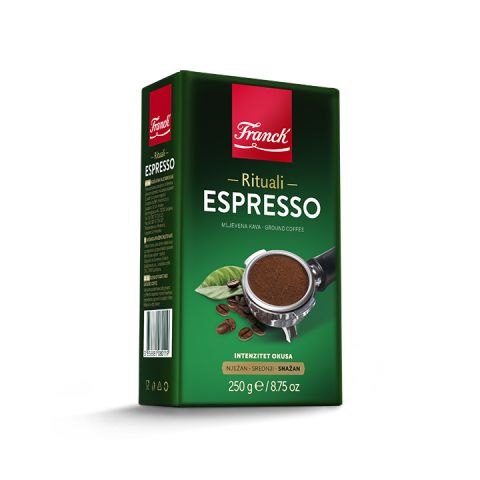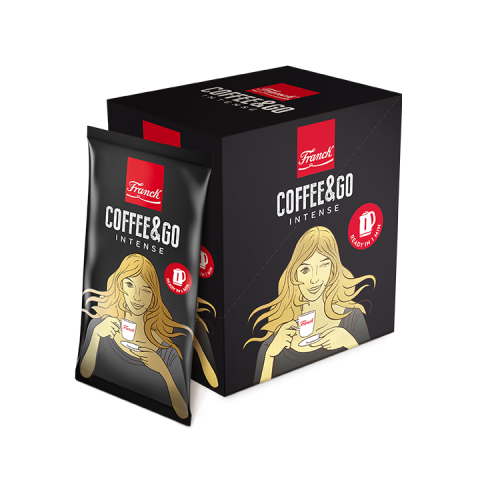
Espresso
Vacuum sealed 250 g
Ideal for preparing the perfect espresso at home.
A silky texture, fullness of flavour and wealth of its creamy foam will delight your senses. The naturally present notes of caramel are imbued with the aromas of hazelnut and mild fruit tones, to round out the richness of the whole experience. Let Franck Espresso be with you all day long.
Buy on web shop
Franckpedia
Did you know?
Sensory analysis
Specific knowledge that pertains to the physical basis of the perception of sensory properties of food.






